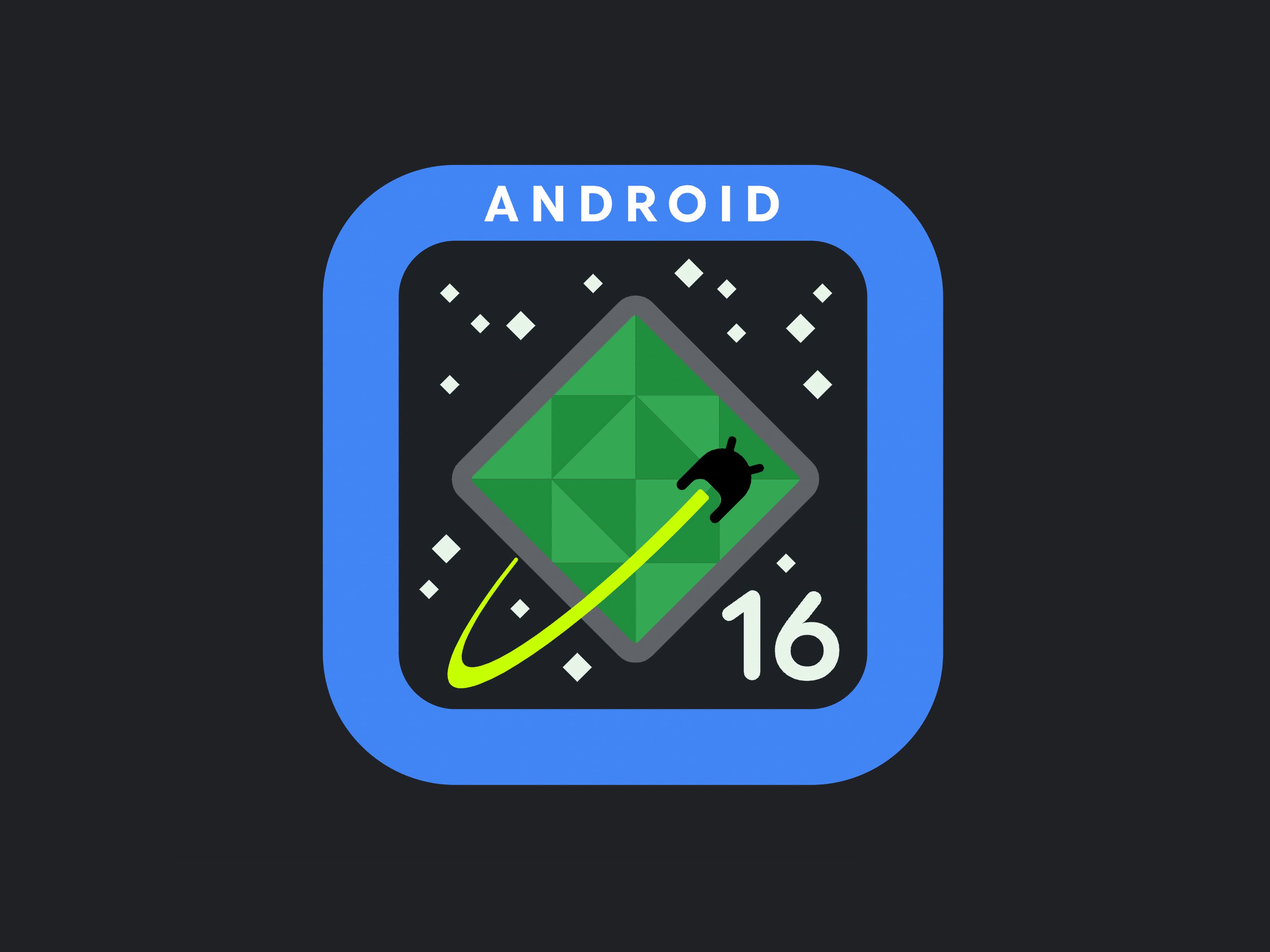Why it matters: This accelerated and more frequent release cycle is a significant shift in Android's development strategy. By aligning more closely with device manufacturers' schedules and offering more frequent API updates, Google aims to foster faster innovation and improve the Android ecosystem for both developers and users.
Google has unveiled the first developer preview for Android 16, marking a shift in the Android release cycle and introducing a host of new features for app developers. This early release, available now for testing, signals the start of a new approach to Android development, with Google planning to increase the frequency of API releases to accelerate innovation in the mobile ecosystem.
In a departure from previous years, Google has announced plans for two major API releases in 2025. The first, scheduled for Q2 2025, will be the primary release, similar to past annual updates.

The second API release, slated for Q4 2025, will introduce new developer APIs that focus on feature updates, optimizations, and bug fixes.
Google is moving the major Android release to Q2, earlier than the traditional Q3 launch. This adjustment aims to better align with device manufacturers' schedules, allowing more devices to receive the latest Android version sooner.
The accelerated timeline means developers will need to conduct their annual compatibility testing earlier than usual to ensure their apps are ready for the new release.
Android 16 includes enhanced API version checking methods to align with the new release structure. The familiar SDK_INT constant, used in conjunction with VERSION_CODES, will remain in place to support checks for major Android releases.
Complementing this, a new SDK_INT_FULL constant has been introduced, which, when used alongside the VERSION_CODES_FULL enumeration, enables developers to perform checks against both major and minor versions.
For those interested in accessing the minor SDK version, the Build.getMinorSdkVersion() method has been made available.
It's worth noting that these new APIs are currently in a state of flux and may undergo changes. Google is actively encouraging developers to provide feedback.

The preview also introduces APIs that allow apps to embed the photo picker directly into their view hierarchy while still maintaining the security benefits of process isolation. In other words, users can grant apps access to selected media without providing broad permissions to their entire media library.
Android 16 includes a preview of new Health Connect APIs that support health records. These APIs enable apps to read and write medical records in FHIR format, with explicit user consent. This feature is currently part of an early access program.
The latest version of Privacy Sandbox on Android is incorporated into Android 16. This ongoing initiative aims to develop technologies that protect user privacy while supporting the app ecosystem. The SDK Runtime, which allows SDKs to run in a dedicated environment separate from the app they serve, is a key component of this effort.
Google advises developers to begin compatibility testing with the new release and to compile their apps against the new SDK. The Android 16 Preview program will run from November 2024 until the final public release in 2025, with updates delivered at key development milestones.
The Platform Stability milestone, targeted for late Q1 2025, will deliver final SDK/NDK APIs and internal APIs. Google expects to reach this milestone in March 2025, giving developers several months for final testing before the official release.
